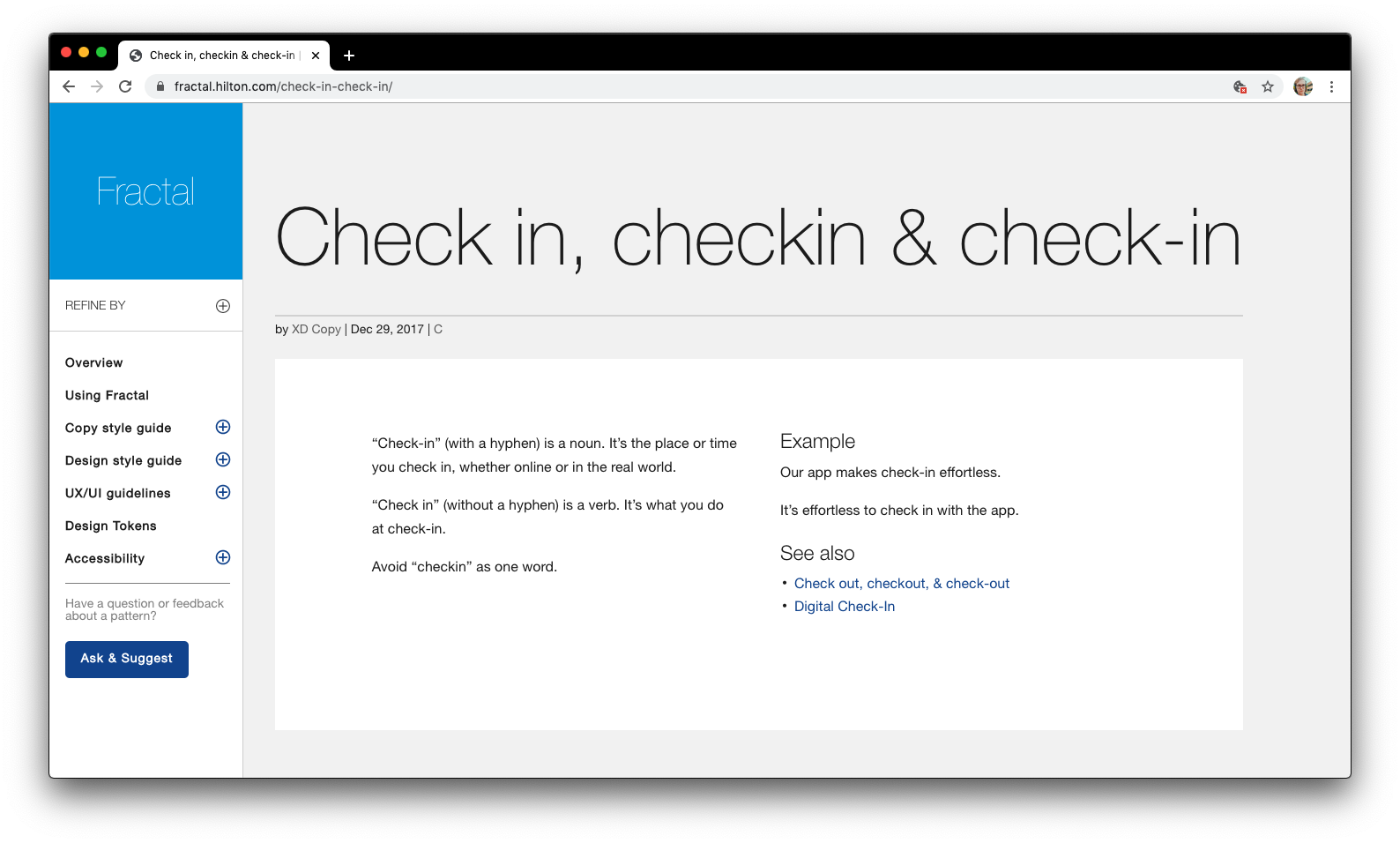Givelify: organization onboarding emails
For Givelify, 2022
Givelify has two types of accounts: donors and organizations. As part of the onboarding process, we send organization users an invitation to make a small donation to their own organization as a way of helping them get involved with and invested in the process.
While the direction of this copy was largely dictated by marketing needs, transactional emails like this are considered during the UX and content design process. I reduced this copy for clarity and cognitive load (and to clarify the call to action). I also ensured that it met our brand guidelines and matched our style considerations.
Image text reads:
Are you excited? We are.
It’s your first day. Now for the first donation.
Hi [donor name]
Your account is ready for Givelify!
Your first donation could come anywhere—even yourself! Once those first couple donations are in, visit the free Givelify Analytics Studio to learn about your donations, donors, and how to increase both!
Give The First Gift


